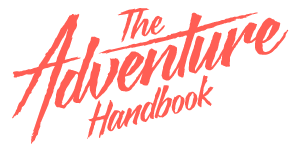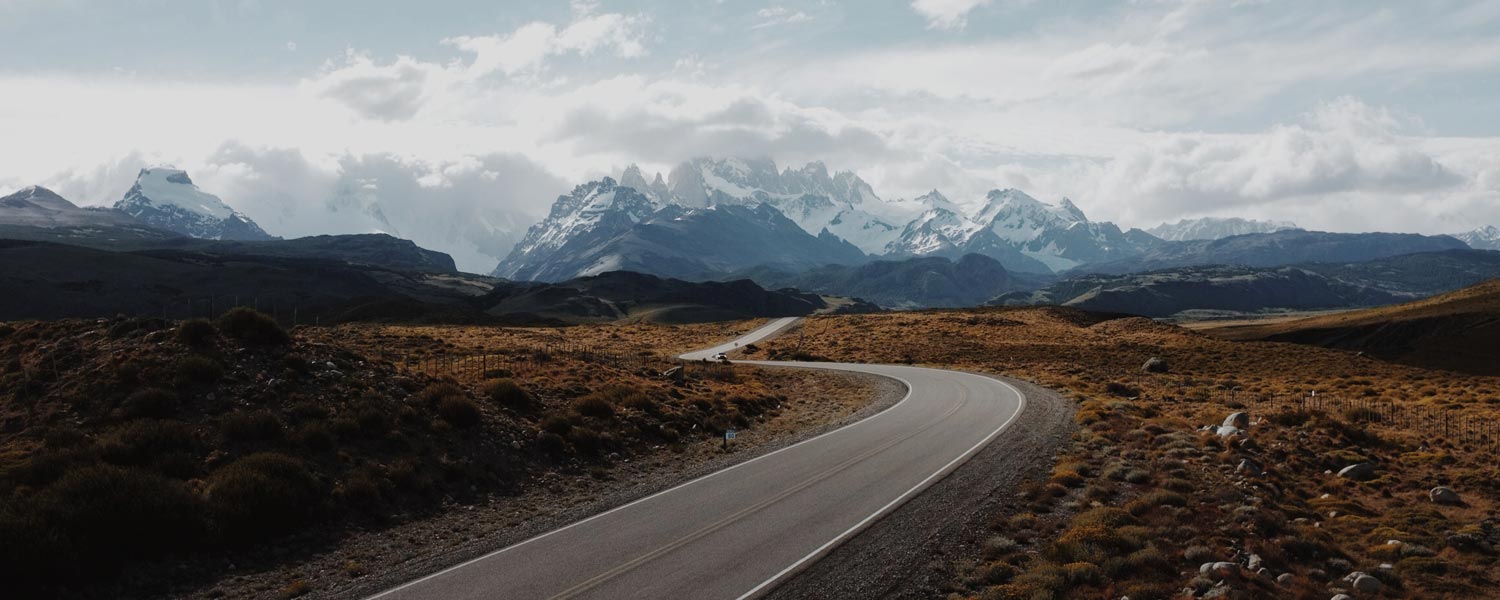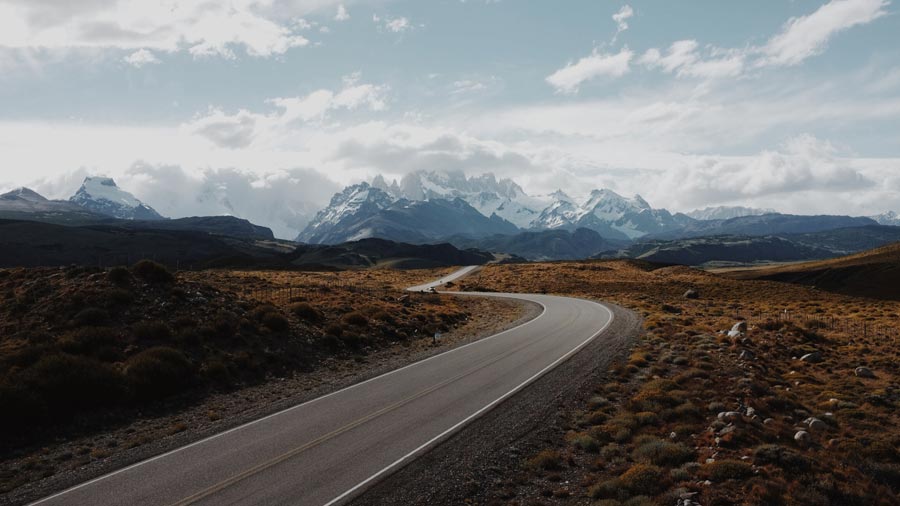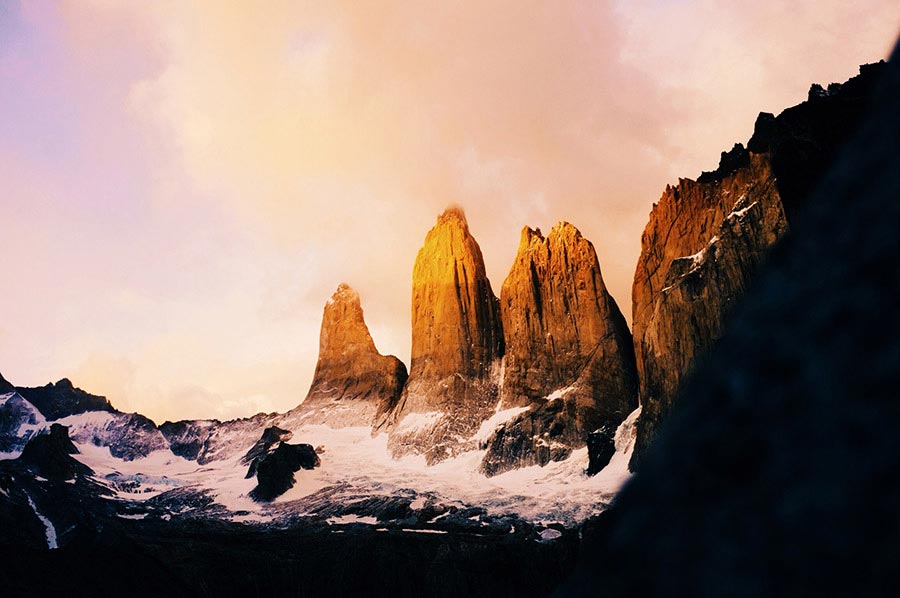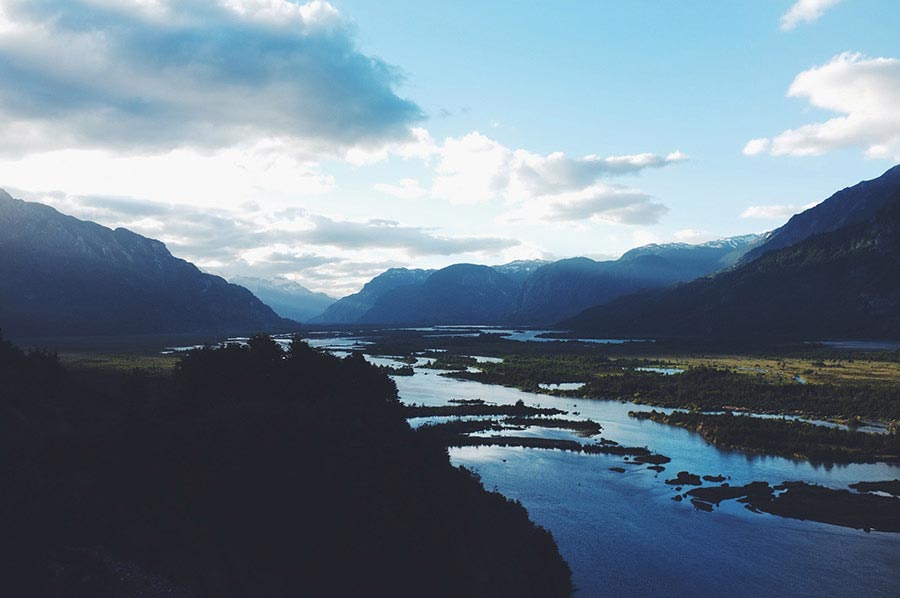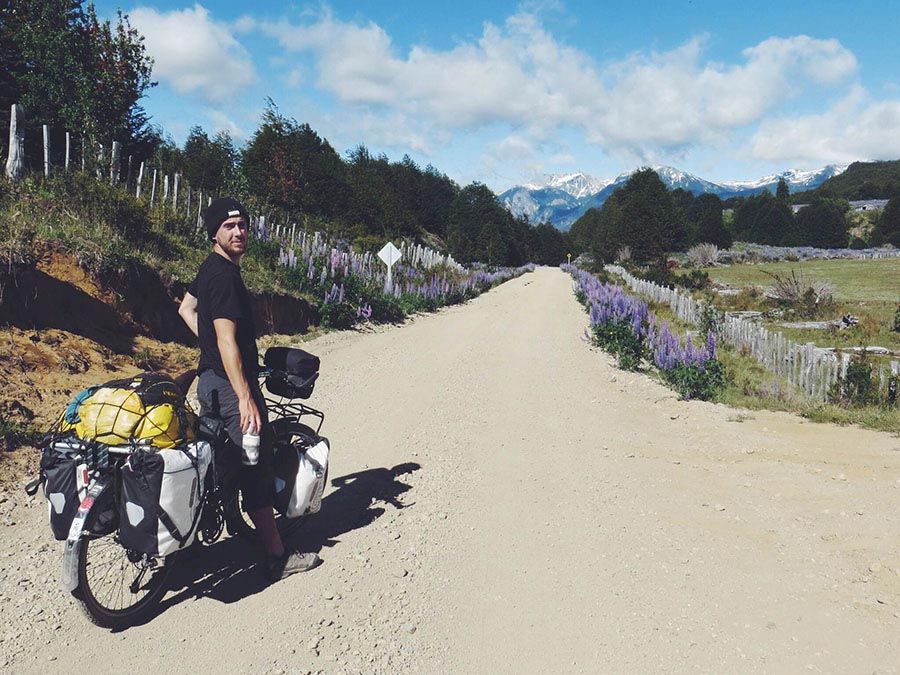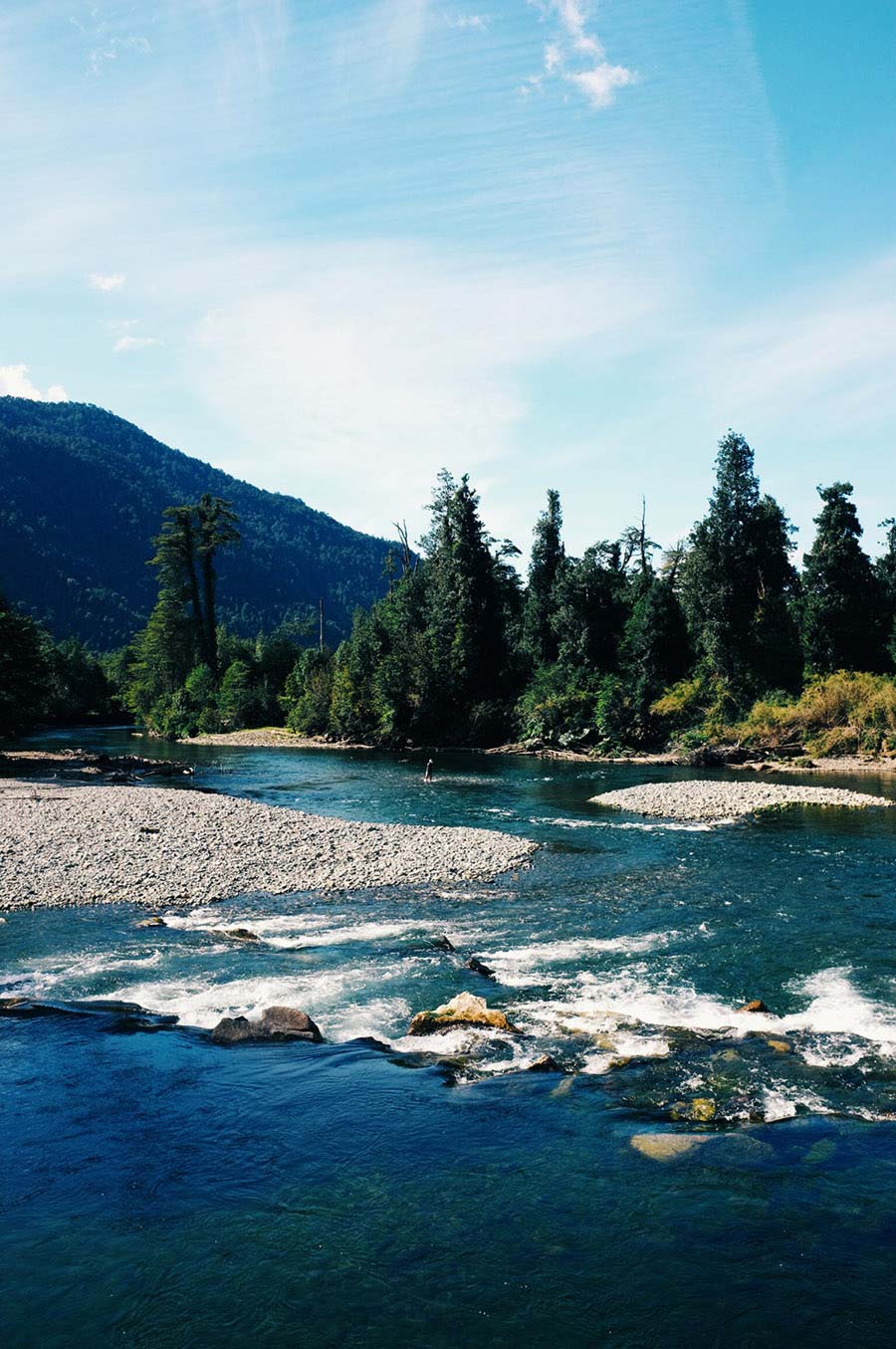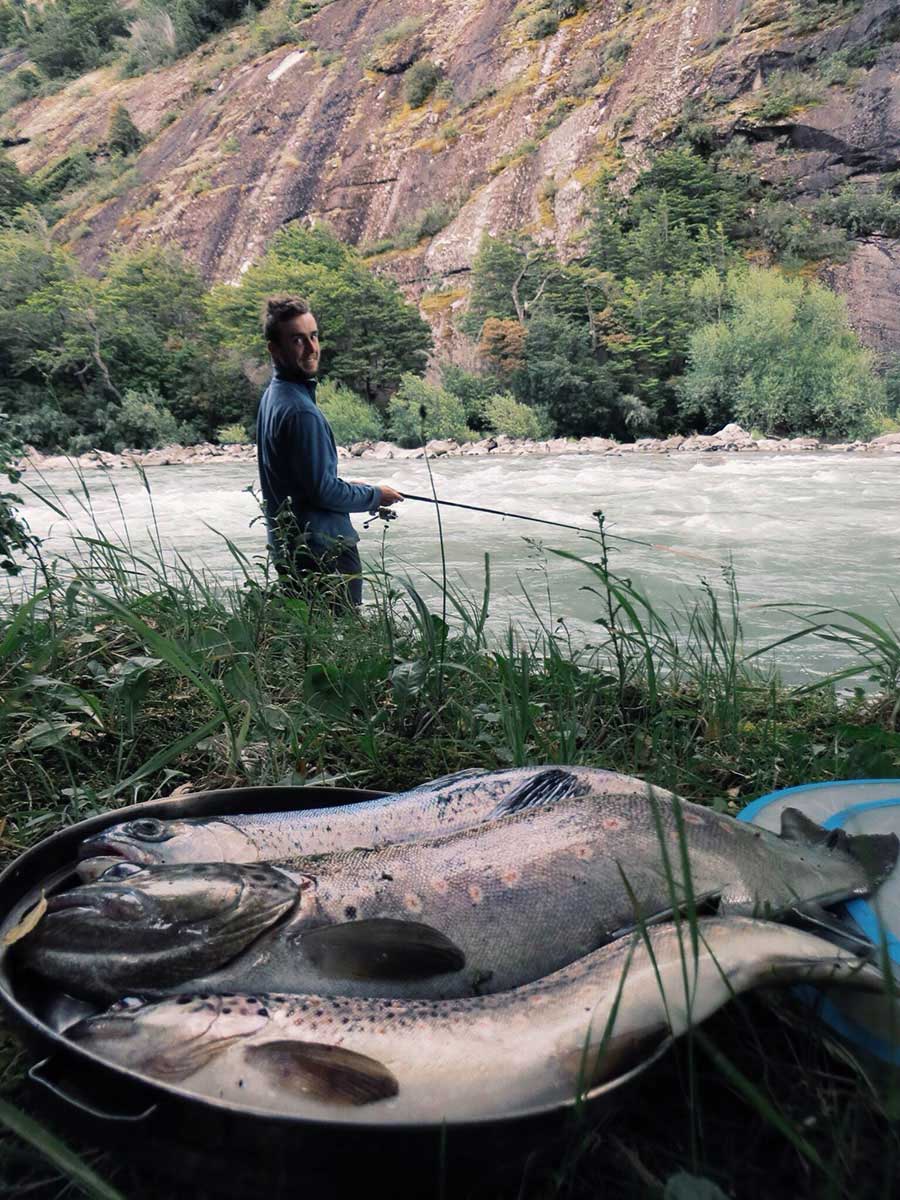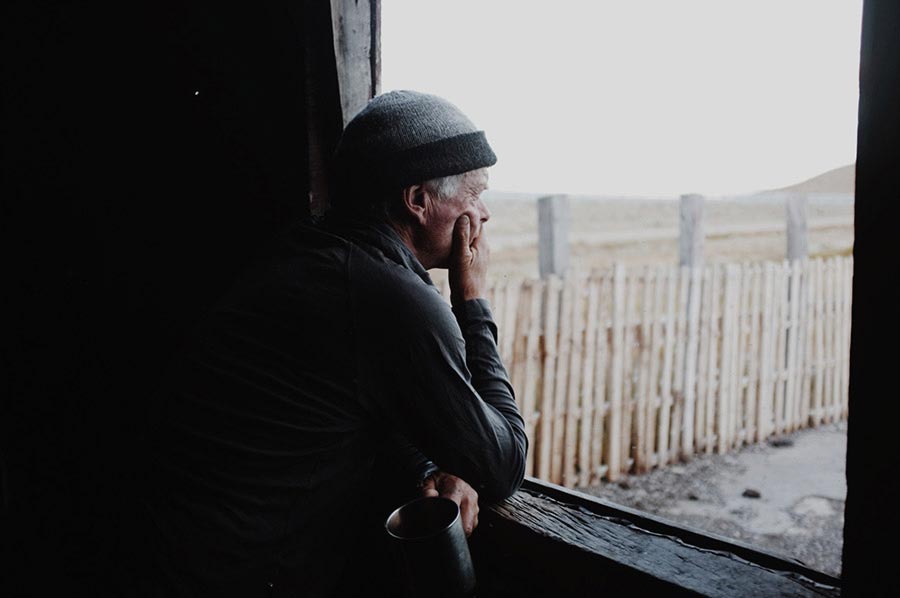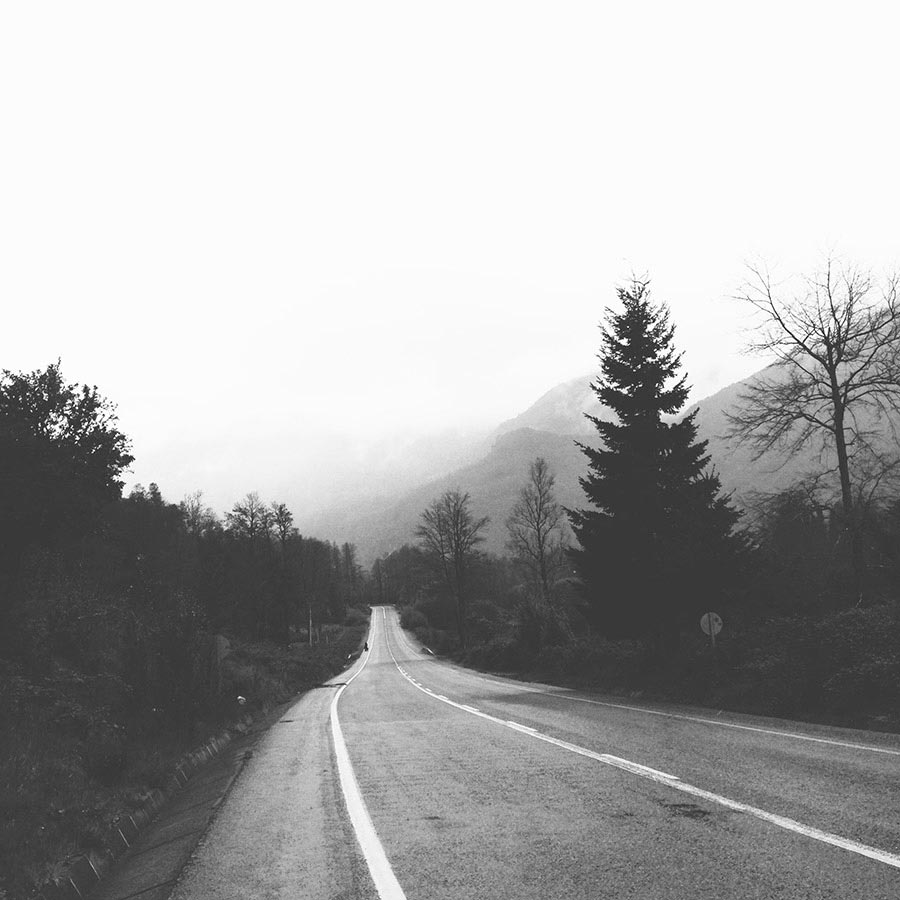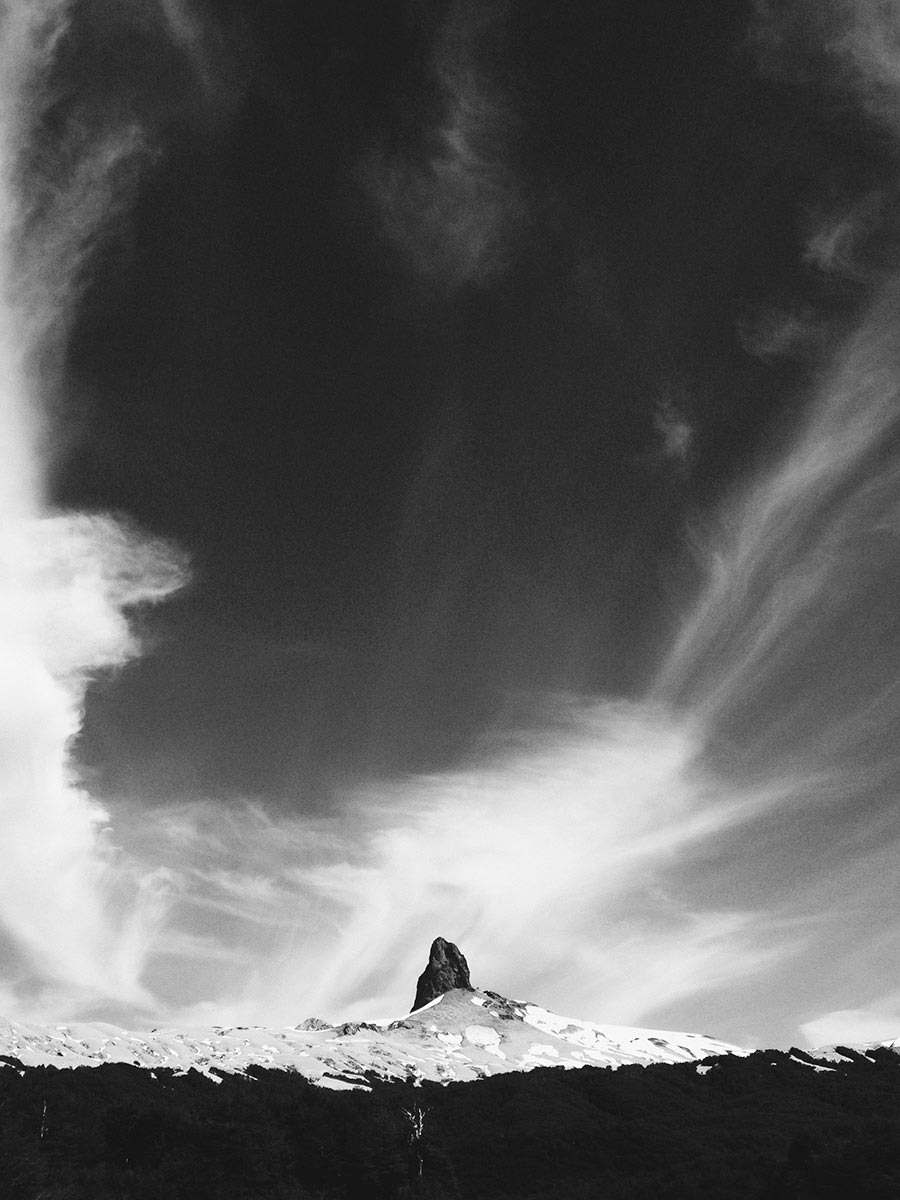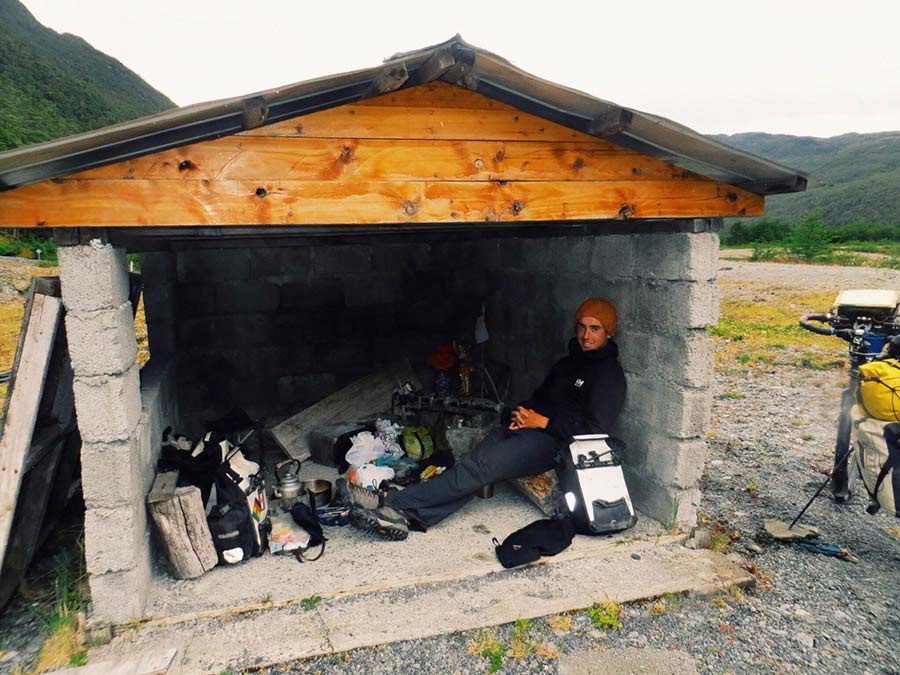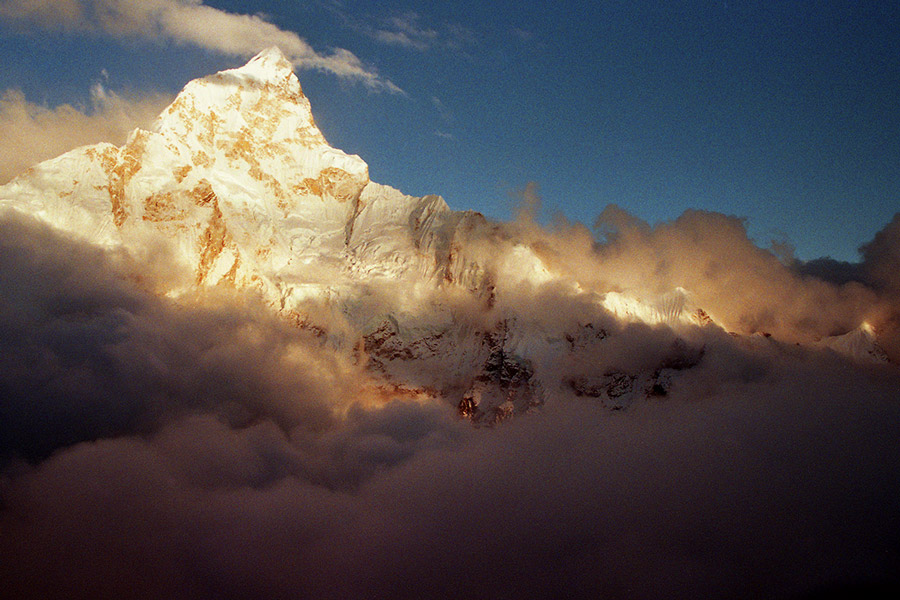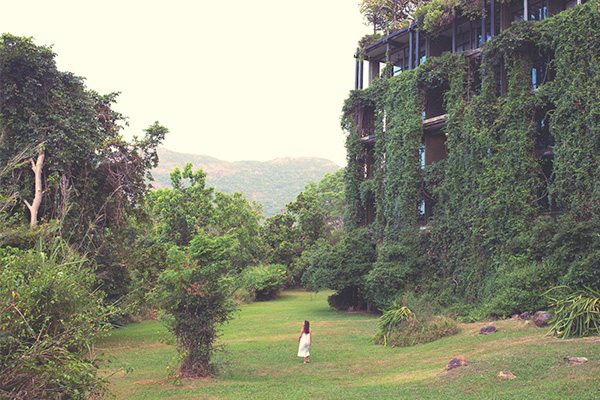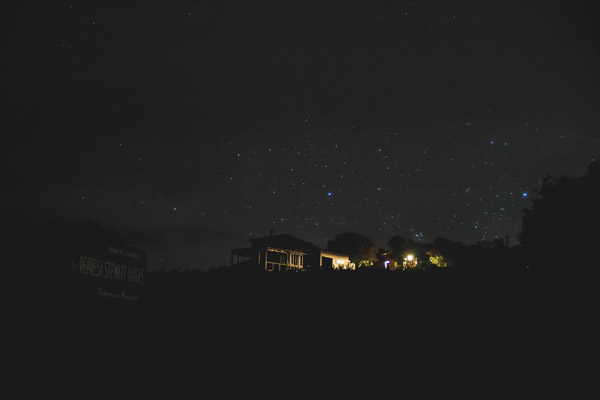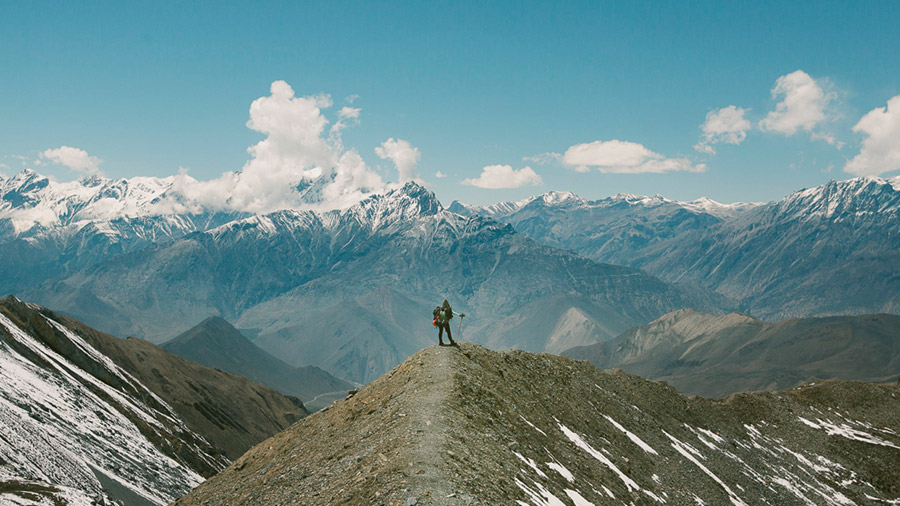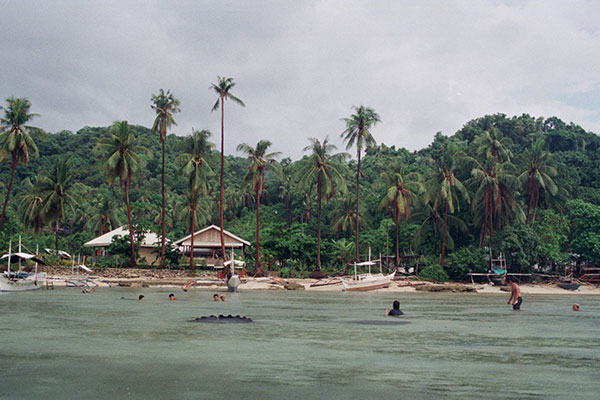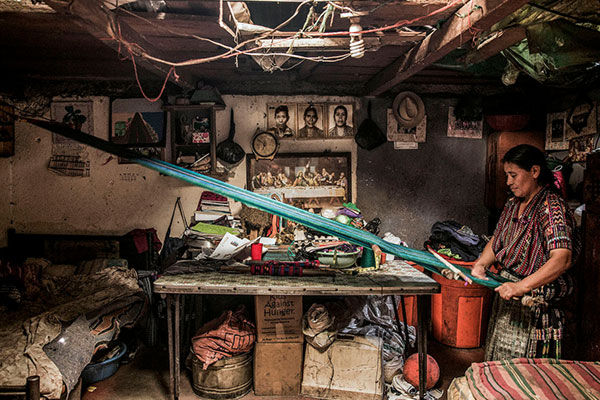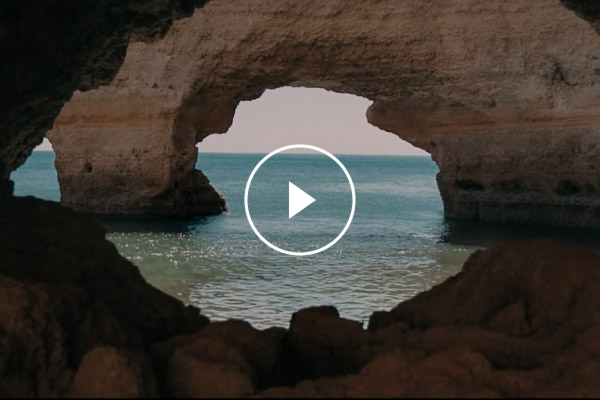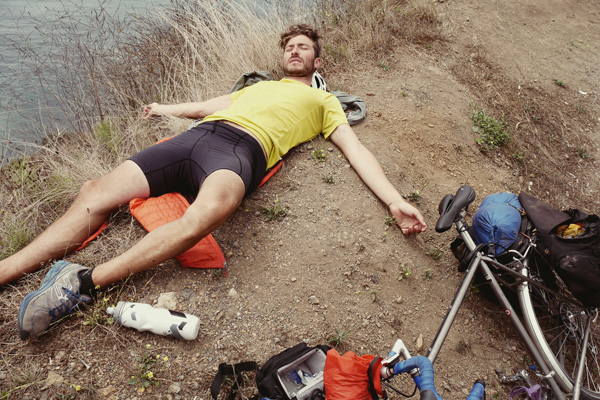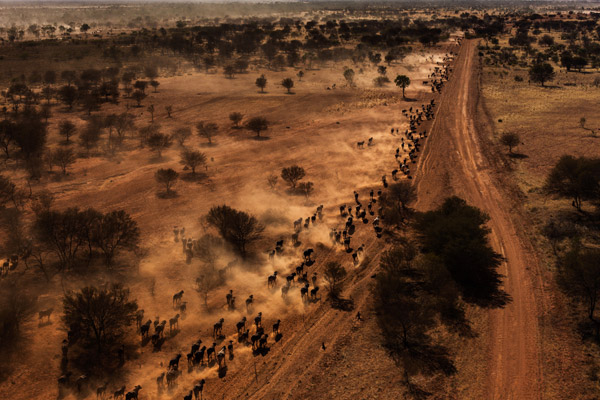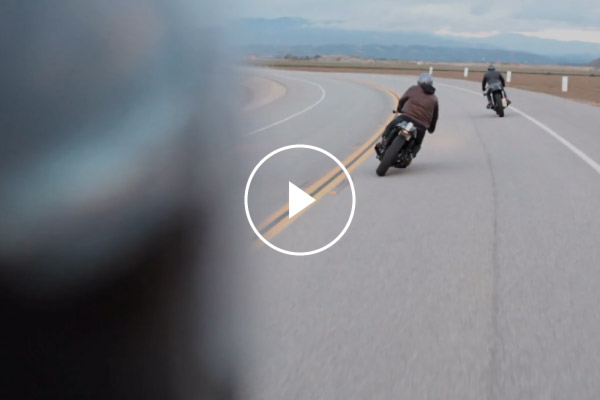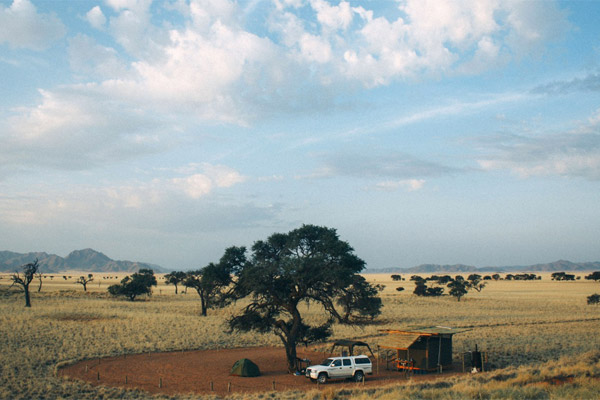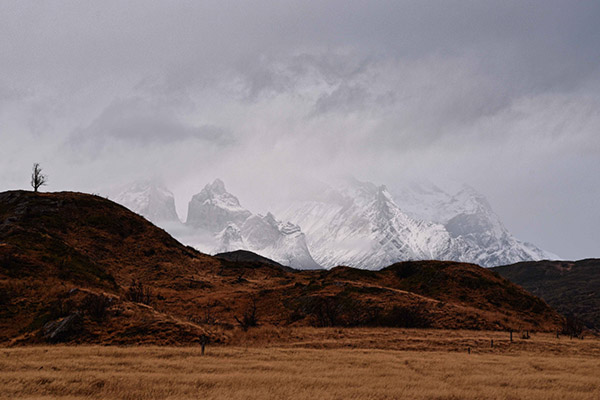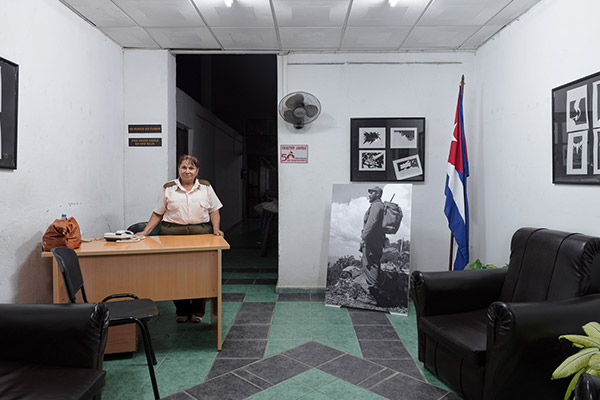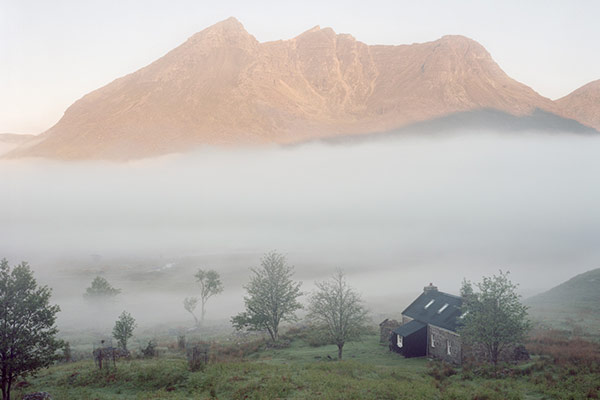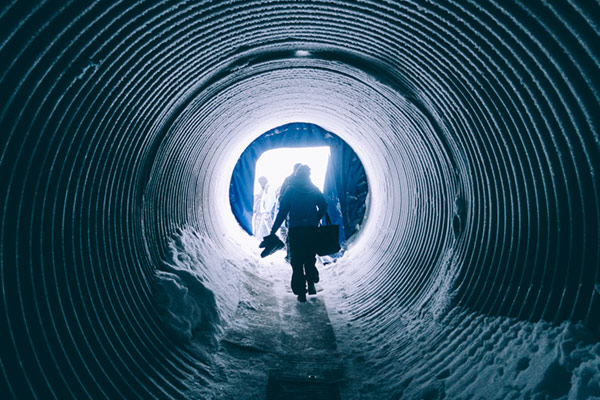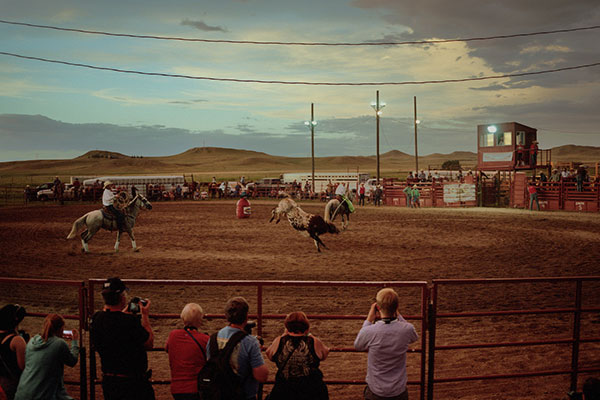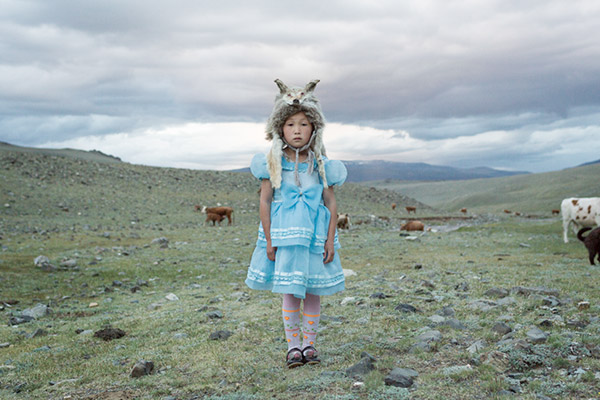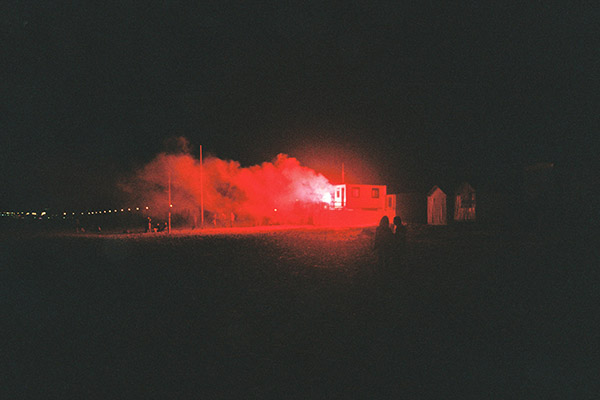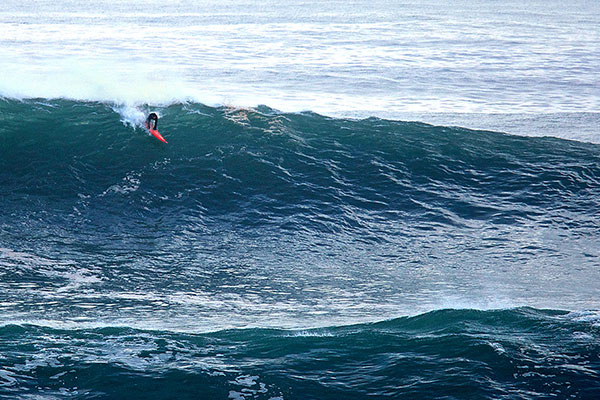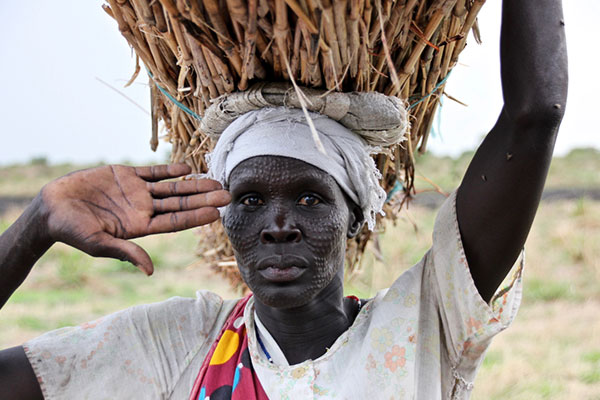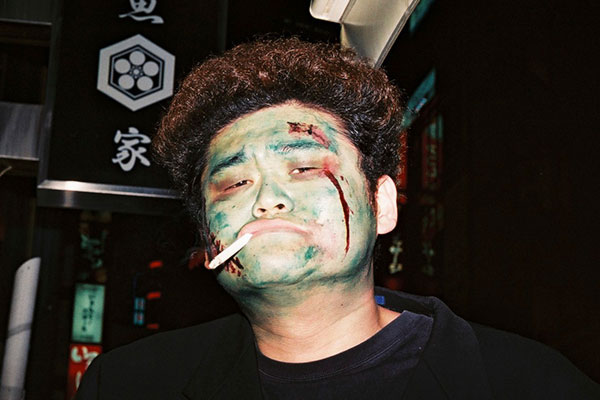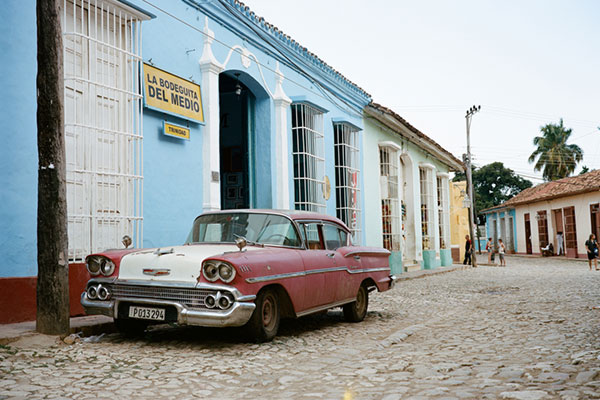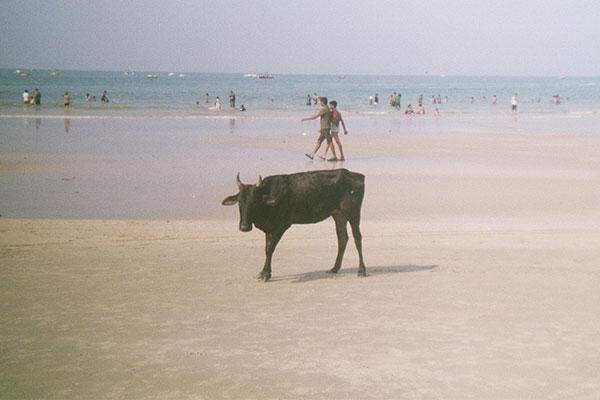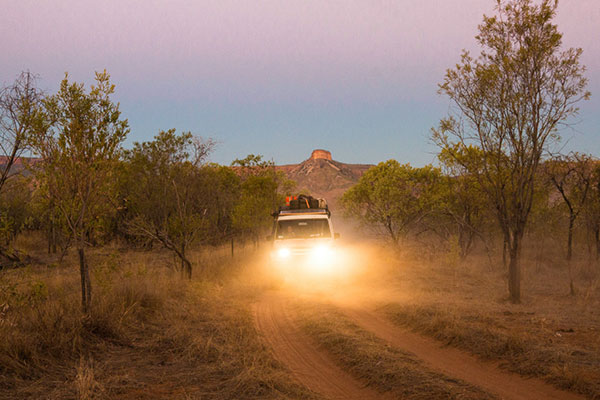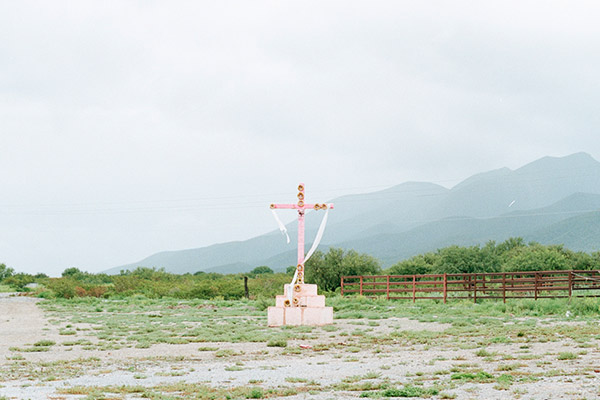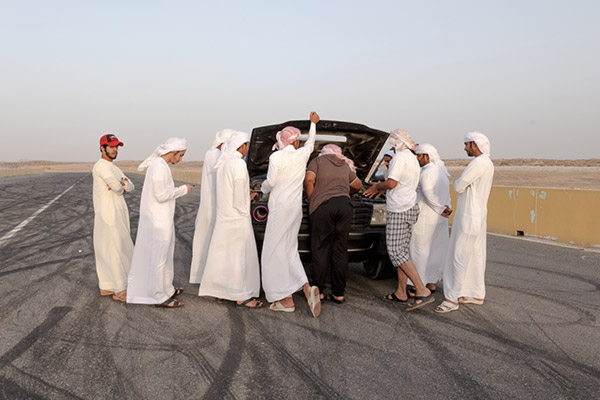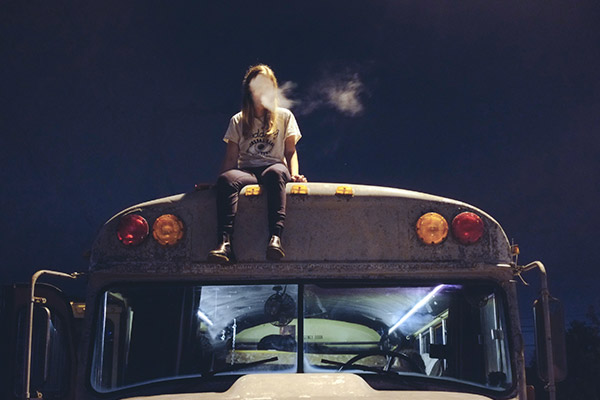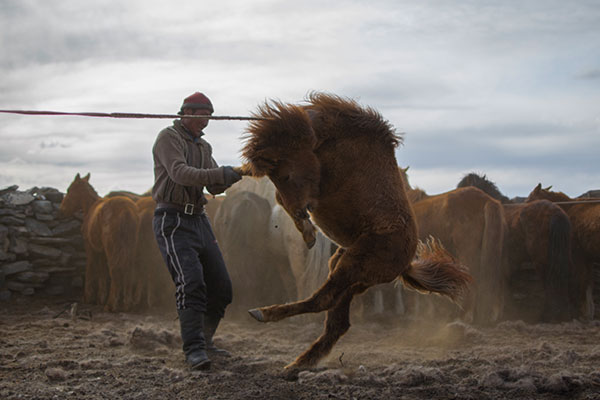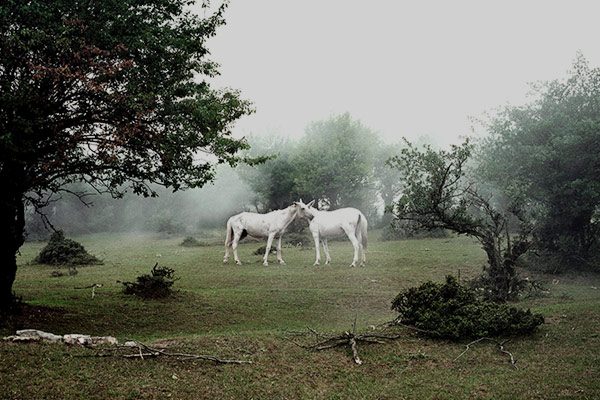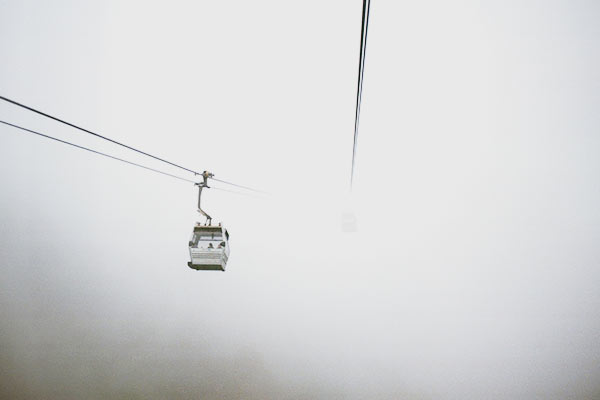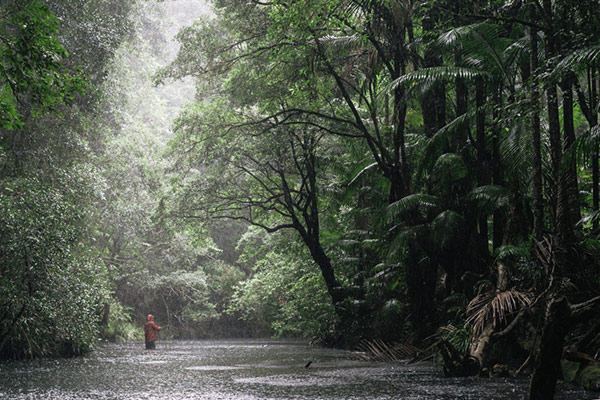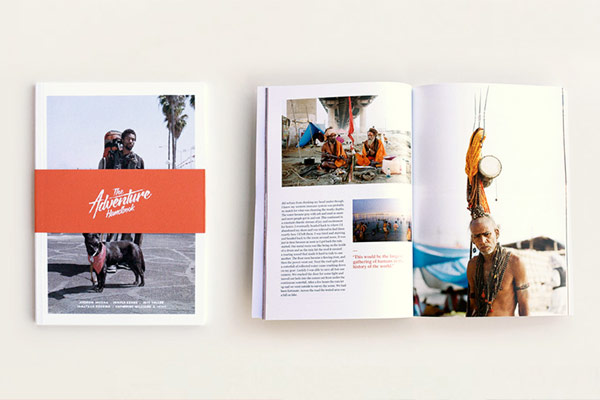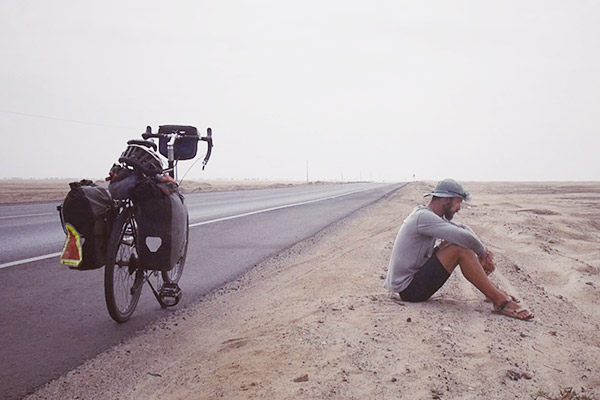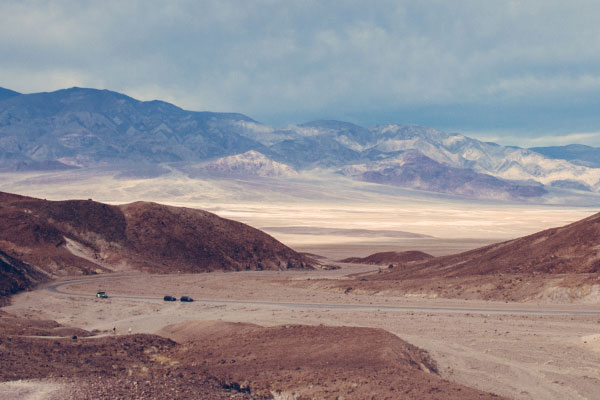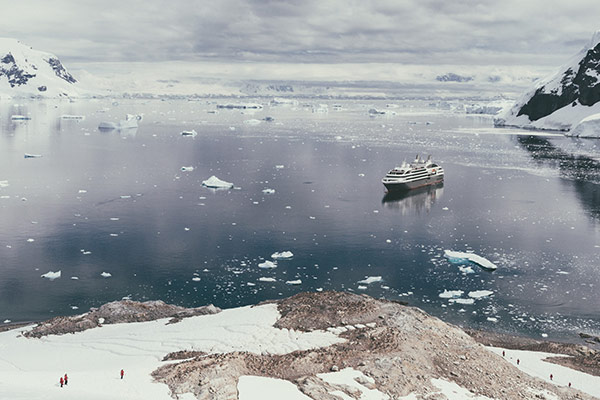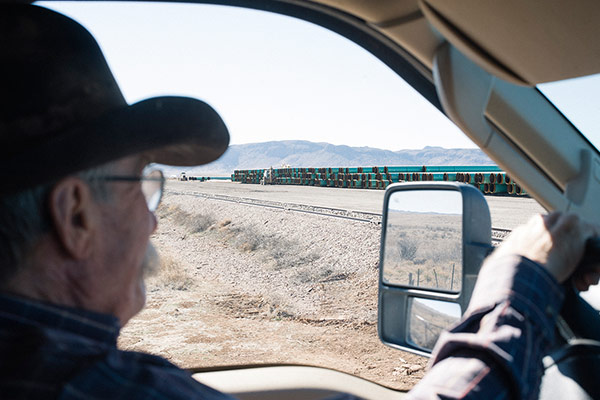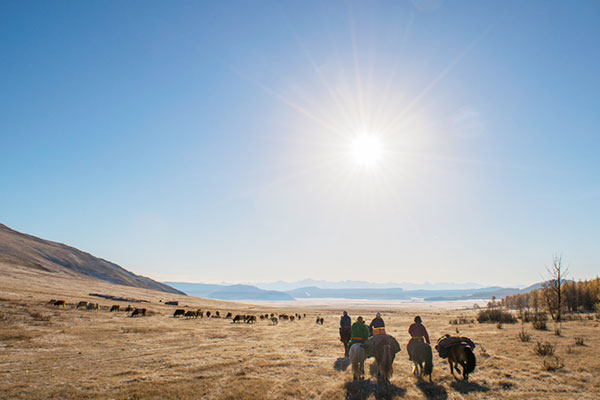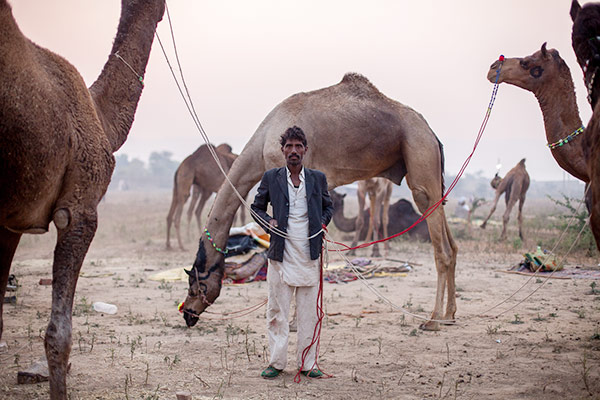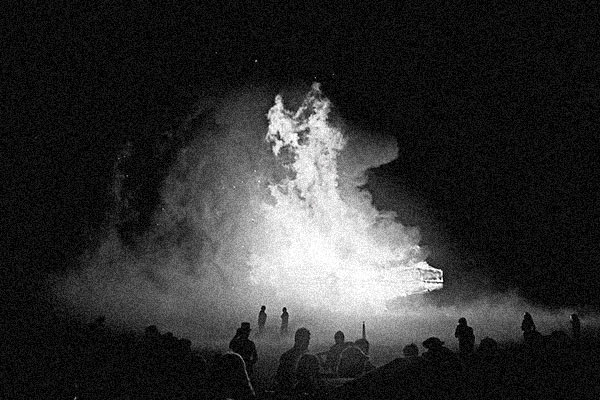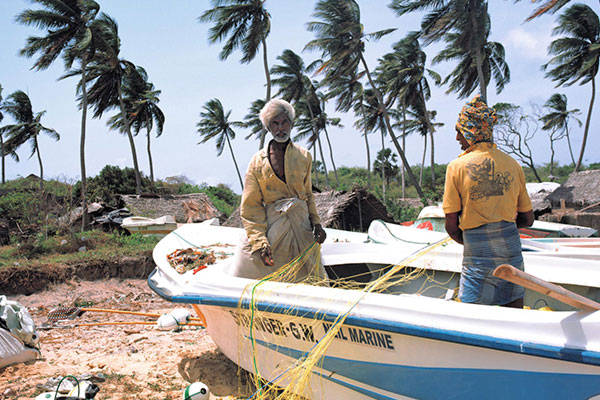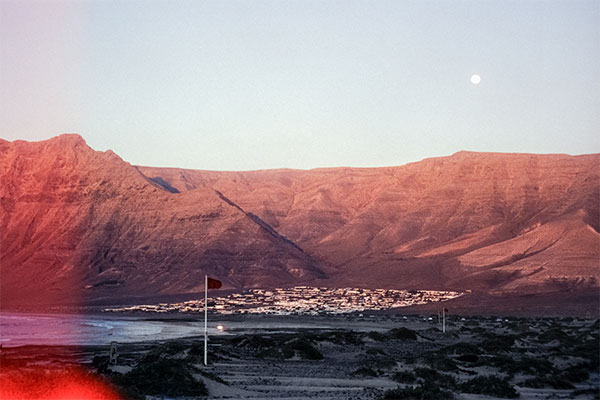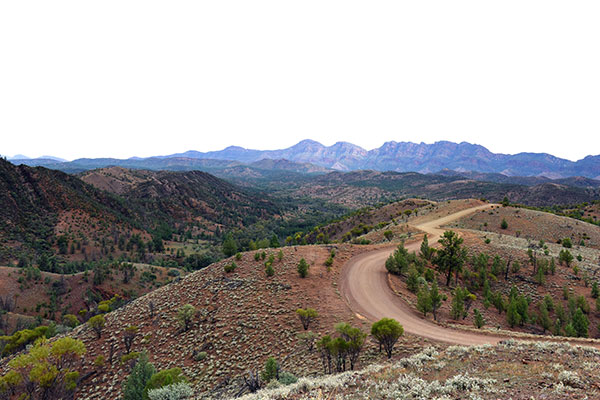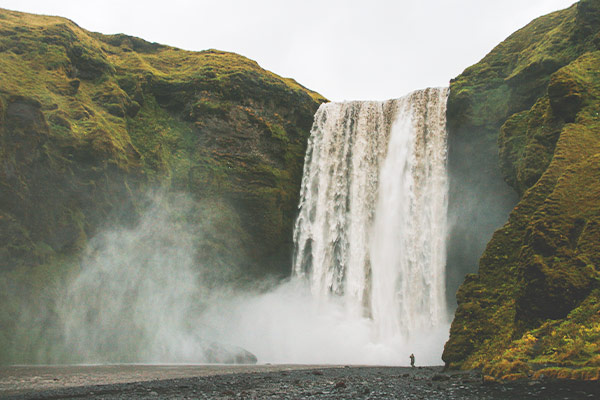The idea of traveling around the world on a bike first came to mind when my father asked me to join him in South America to ride down Patagonia, through Argentina and Chile. My Dad had dropped everything here in Australia, taken a push bike to America intending to ride his bike down the Mississippi River. After he completed that, he decided to carry on down South America. That whole time I was in Coffs Harbour on the east coast of Australia, working an ordinary job, working from pay check to pay check. Totally unaware that my dad was doing something that could change the way you see the world.
I’m stinking hot with no sense of direction. Here I am waiting at the airport, with my bike in a box and a tacky old luggage bag full of my clothes and gear, trying to find an old Aussie bloke, my dad Nige, in the crowd.
We soon hop on a bus from the airport and head to our hostel in the city. Santiago is a lovely city. Surrounded by snow capped mountains, it has a laid back and creative vibe. I thought the city would be full of native Chilean people, though it’s a city which feeds South America, which has people from all over the world. It’s very multicultural and unique. I’m here with my dad with no clue what’s ahead of me. What challenge I’m about to get myself into. We spend a couple of days in Santiago and then head south to Temuco. We stay with a great guy named Camillo. He is a Warm Showers (www.warmshowers.org) host, which is an online website connection for people touring by bike. We spend a couple of days here getting my bike ready and testing all my gear before heading off on our 4000 kilometre journey, which will take us three months.
We wake up early on Friday morning. It’s time to get on the bike and get going on the journey which will be emotional, daunting, difficult and beautiful at the same time.
Patagonia is a region shared between Chile and Argentina. They call it ‘The End of the World’ or the ‘Last Frontier’. It’s a place that holds a lot of beauty and history, and I’m keen to get amongst it. From Temuco we cross over to Argentina, back and fourth into Chile, and took the roads that are off the beaten track. It’s so much nicer not riding on busy roads. We really want to take our time on the trip, no deadlines at all.
They call it ‘The End of the World’ or the ‘Last Frontier’. It’s a place that holds a lot of beauty and history, and I’m keen to get amongst it.
On the way, we are wild camping as much as possible. Patagonia is known for its wilderness and there are not many people down here, so it’s easy to find a campsite along the road. A lot of tourists make their way through Patagonia via Argentina. We will be taking the road called ‘Carretera Austral’ in Chile. It is mostly gravel and not many people can access it by car or bus, which makes our trip unique. Below is a map of the Carretera Austral.
We soon arrive in Puerto Montt, which is the last major town in Chile. This is where the Pan America Highway stops – it starts all the way in Alaska. From here it’s all small villages, farming and traditional Gaucho communities. We decide to take a boat over to the island of Chiloe. From there, we take another ferry to Chaiten. This is where the Carretera Austral begins. Arriving in Chaiten, the feeling is very dull. Chaitan had been effected by Volcano Chaiten in 2009. The town had to be evacuated as the eruption was fierce. The eruption went on for days and soon the town was covered in volcanic ash. We ride into the town and still cars and houses are covered in ash. The town is silent and peaceful, though a sense of fear still lingers. We decide not to stop and keep on riding. There is still a sense of beauty as the town rebuilds from is past history.
This is the real Patagonia. Deep in the woods surrounded by waterfalls, snow capped mountains, rivers, fish and so much more, it basically sums up the word ‘Wilderness’ right in front of me, breathing it all in.
On the Carretera Austral is basically dirt and very rough. Only some parts are pavemented, most are hardly touched, only touched by their owners. It passes through the Andes, fjords that are full of fish and breathtaking landscapes. This is the real Patagonia. Deep in the woods surrounded by waterfalls, snow capped mountains, rivers, fish and so much more, it basically sums up the word ‘Wilderness’ right in front of me, breathing it all in.
The days pass by and the riding gets harder. Some days we ride 150 kilometres, and others we only ride 20. We take it at our own pace and really breath in every moment that is offered to us. My dad and I are passionate fishermen, and fish all the time in Australia, so I’ve brought over a fishing rod to fish down here too, in Patagonia. The fishing is so great; it’s like no one has ever heard of it and every cast I make I hook onto a trout or a salmon. We eat a lot of wild fish, just riding and pulling up near a river for the night, since we also need the water to cook and to drink. Water access is definitely something that we rely heavily on this trip, riding so hard and so often. There is one day when we ride for over 120 kilometres with light headwinds the whole way. We break in the middle of nowhere and see on the map that we have around 20 kilometres to go until we reached a lake. We’re in desolate windswept grasslands that have no cars or signs of housing. The kilometres stretch on and it’s getting dark. We finally arrive at the lake and set up camp. I’m stuffed and so thirsty, but we since we’d only two bottles of water left, we had decided to hold onto them and save them just incase. Well… Lucky we did, because I when I go down to the lake and fill up our 10 litre water sack, there is this familiar smell that I know from back home when you are near the beach. There are shells and seaweed banked up on the either side of the lake. I suddenly realize that this is not fresh water and we’re up shit creek. We have two water bottles left and are nowhere near fresh water. I yell out to Dad to let him know, and he’s not happy at all. It’s one of those moments where survival gets real. We agree on saving the water for the morning because breakfast is the most important meal to get us up and going for a full days riding.
There are a couple of moments like these, where we need to switch our survival skills on. One of the most memorable days is our hardest day – riding out of El Chalten and into the Pampas of Argentina. The wind is volatile and provides a great physical challenge; but biking into it when it’s averaging 40 – 70 knots is even more draining, both physically and mentally. One day it takes us seven hours to ride 40 kilometres. I’m angry and frustrated and throw my bike to the side. I’ll never forget what my dad says, “As long as that front wheel is moving forward, everything is okay” It’s true. I’m not getting anywhere just sitting on the side of the road moping about how hard everything is. I learn a lot from my dad on this trip.
The greatest memory is looking over my shoulder every day to see my dad riding with me.
The greatest memory is looking over my shoulder every day to see my dad riding with me. That’s very special and something that I hope to do again in the future. We definitely share some challenging moments – sleeping next to each other every night for 3 months in a small tent will do that – but in the end it is well worth it.
So the months go on and on. We meet so many lovely people on the way that are also bike touring down Patagonia. The people are so lovely and the history that it holds is something everyone should learn about. It really is the ‘End of the World’, so desolate that we don’t see anyone for weeks. I am so amazed by its landscapes, mountains, rivers, fjords and pristine lakes, I take more and more photos. It is a photographers dream. I’m so pleased to have a collection of images that really capture its beauty.
I’m thrilled to have helped my dad achieve something that was so close to his heart. And it’s sad knowing that the experience has come to an end.
By the end of the trip I have mixed emotions. I’m relieved to have made it to the end. I’m excited and proud but overwhelmed thinking about what I just accomplished. I’m thrilled to have helped my dad achieve something that was so close to his heart. And it’s sad knowing that the experience has come to an end.
Together, we take a bus back to Bariloche, Argentina. It’s taken us 3 months to bike down through Patagonia, but it only takes three days to drive the length that we rode. I remember looking out the window and thinking to myself: ‘I just rode through all of this, and now I’m sitting here on a bus, looking out the window, seeing so many memories and moments – good and bad – flash by my eyes.” That is the strangest feeling.
Since returning, I have really found the passion and desire to keep on doing this. To keep on traveling around the world on my bike. My dad was a big influence and I thank him for that. From here, I’m planning on meeting him in Africa where we will meet to ride down eastern Africa. Stay tuned!
Story and images by Callum Smith
Receive a postcard from us sign up

